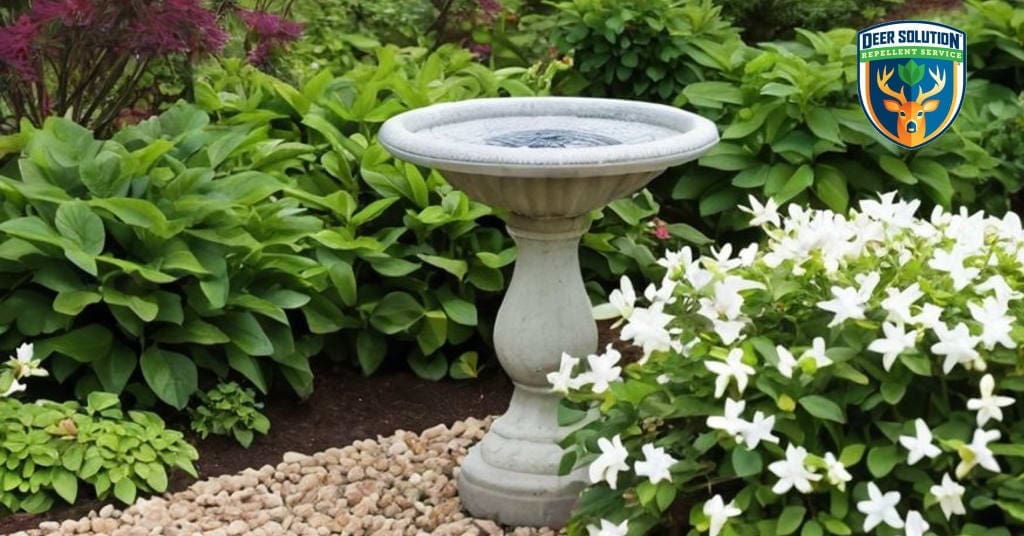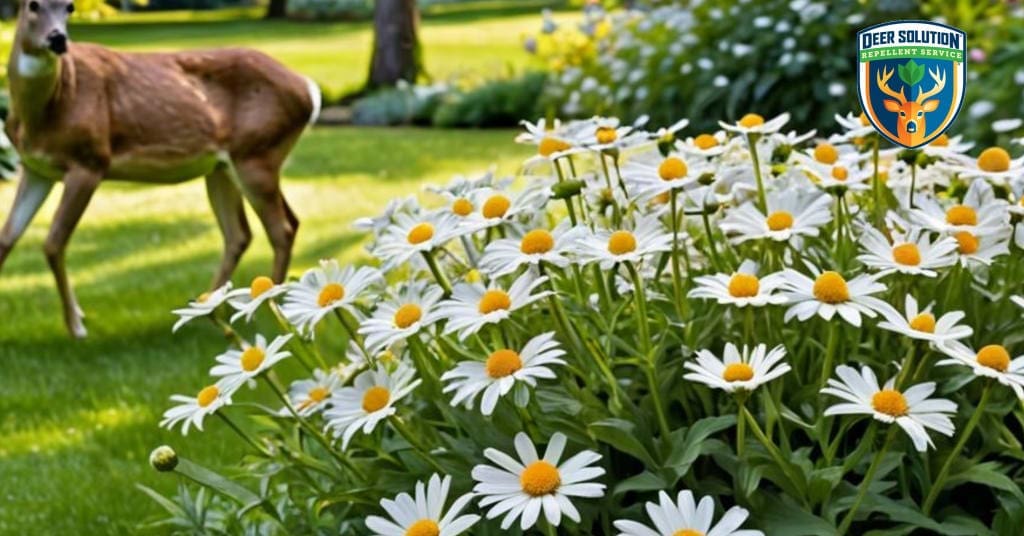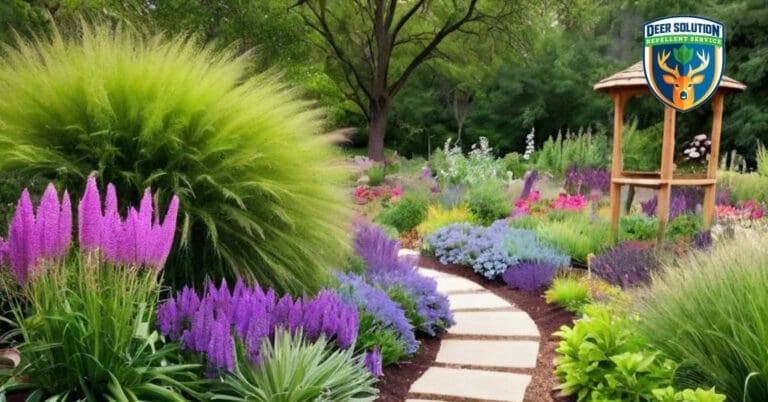Creating a deer-resistant garden can be incredibly rewarding, especially when you incorporate plants that deer are less likely to munch on. Chicories are one such plant. But do deer eat chicories? Let’s explore how you can use chicories effectively to maintain a beautiful and thriving garden.
Why Chicories Are Less Appealing to Deer
Chicories, known scientifically as Cichorium intybus, are herbaceous plants that produce bright blue flowers. They are often less appealing to deer for several reasons:
- Bitter Taste: Chicories have a naturally bitter taste, which can deter deer from eating them. This bitterness is due to the presence of sesquiterpene lactones, compounds that are often unpalatable to deer.
- Coarse Texture: The coarse texture of chicory leaves makes them less palatable to deer compared to softer, more tender plants. Deer tend to prefer plants that are easy to chew and digest, which is not the case with the tough leaves of chicories.
- Resilient Growth: Chicories are hardy plants that can thrive in various conditions, making them a reliable choice for a deer-resistant garden. They can grow in poor soils, resist drought, and recover quickly from browsing, should it occur.
Integrating Chicories into Your Garden
Incorporating chicories into your garden can be an effective strategy to reduce deer damage. Here are some tips on how to do so:
- Plant in Groups: Planting chicories in clusters can create a more substantial visual and physical barrier, making it less likely for deer to venture into the area. This grouping can also enhance the aesthetic appeal of your garden, as the blue flowers of chicory create a striking display.
- Mix with Other Deer-Resistant Plants: Combine chicories with other deer-resistant plants such as lavender, marigolds, and daffodils to enhance the overall deterrent effect. This not only adds variety and color to your garden but also increases the chances of deterring deer.
- Strategic Placement: Place chicories around the perimeter of your garden or near plants that are more susceptible to deer damage to create a protective barrier. This can serve as a first line of defense, discouraging deer from exploring further into your garden.
Creating a Deer-Resistant Garden with Chicories
By choosing plants that naturally deter deer, you can reduce the need for chemical repellents and create a more sustainable garden environment. Chicories are beneficial for pollinators, attracting bees and butterflies to your garden. This contributes to the health of the local ecosystem by supporting biodiversity and aiding in the pollination of other plants.
Deer Solution’s Commitment to Sustainable Deer Management
While addressing deer-related landscape challenges can seem daunting, Deer Solution offers a specialized approach grounded in our eco-friendly ethos and decades of expertise. Our all-natural repellent service is designed to help mitigate deer damage, allowing you to enjoy a thriving garden without compromising on environmental values. By integrating chicories and other deer-resistant plants into your landscape, you can create a beautiful and resilient garden oasis. Our commitment extends to providing personalized consultations to help you select the right combination of plants and strategies to meet your specific needs and preferences. With Deer Solution, you can trust that your garden is in good hands, and you can look forward to enjoying its beauty and bounty for years to come.











